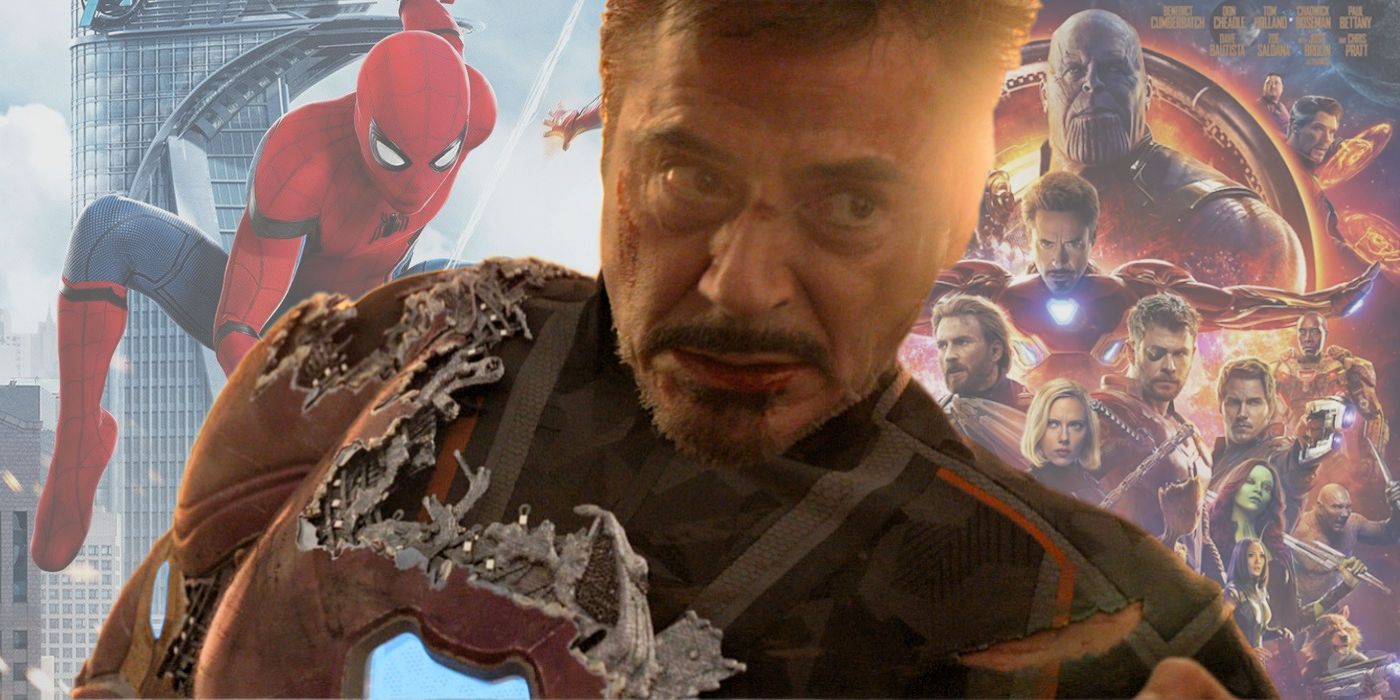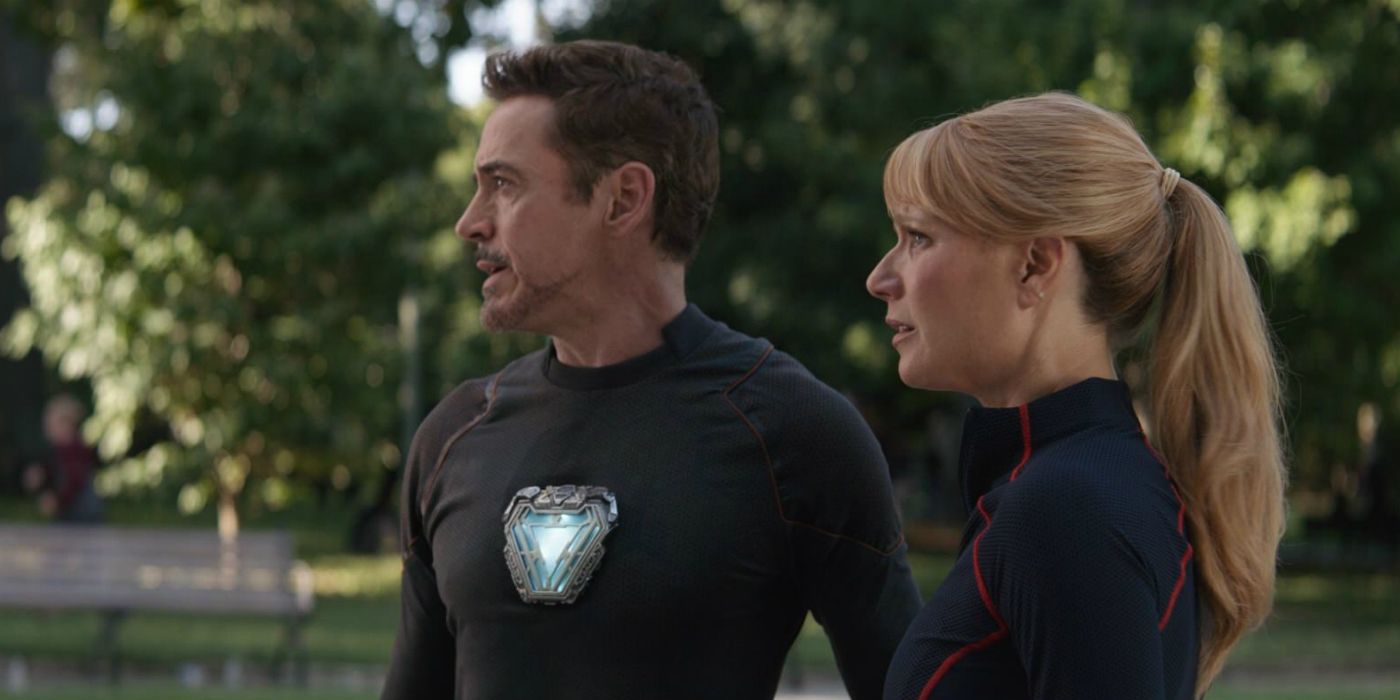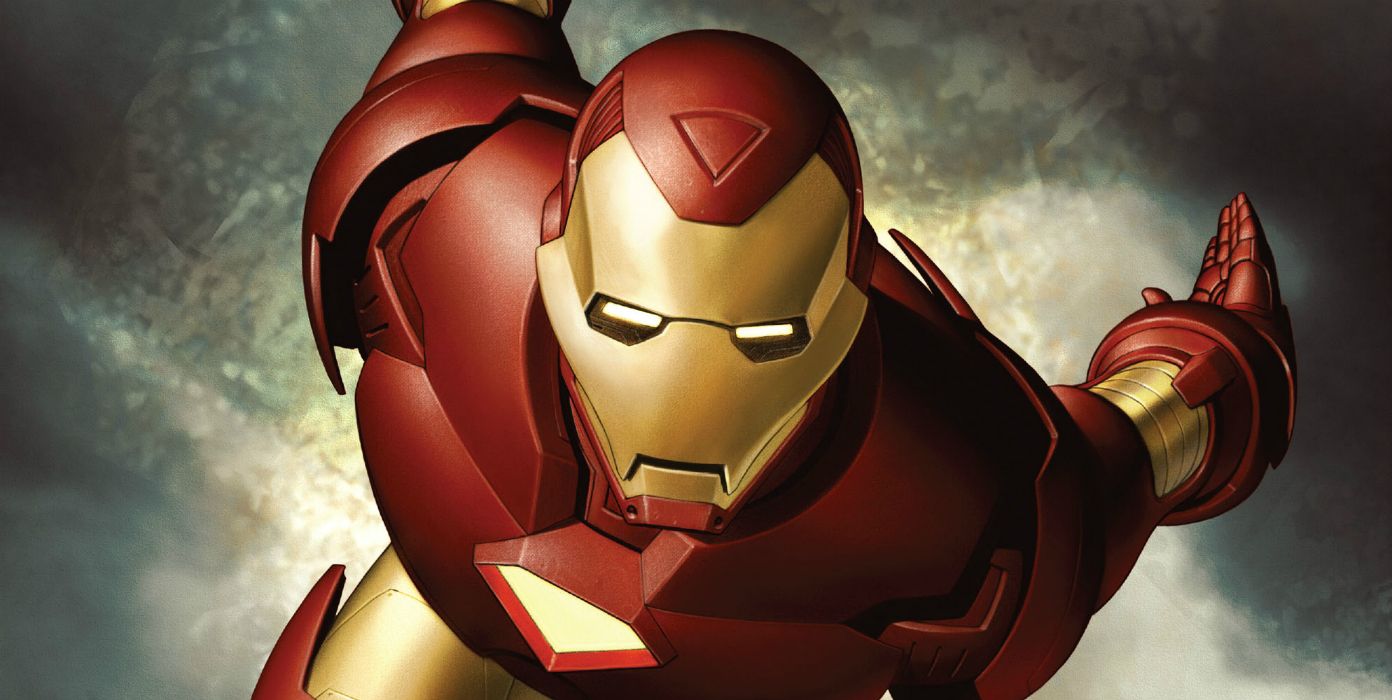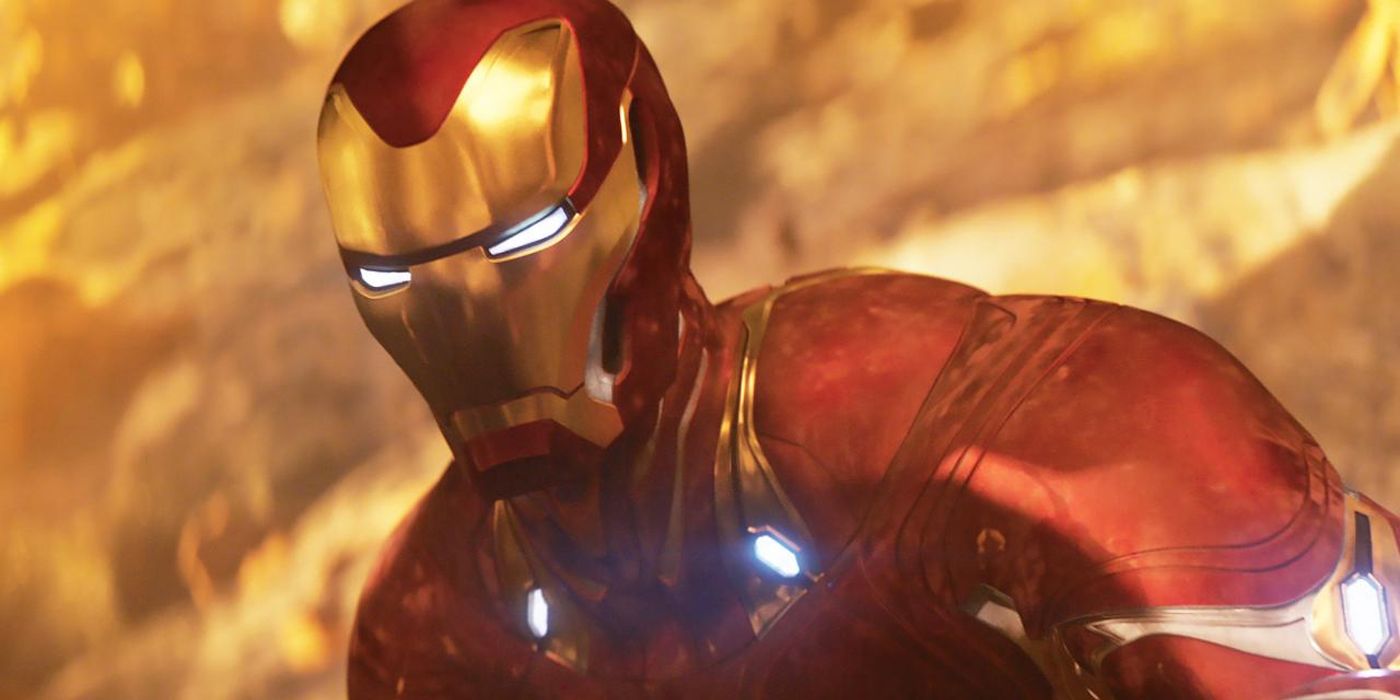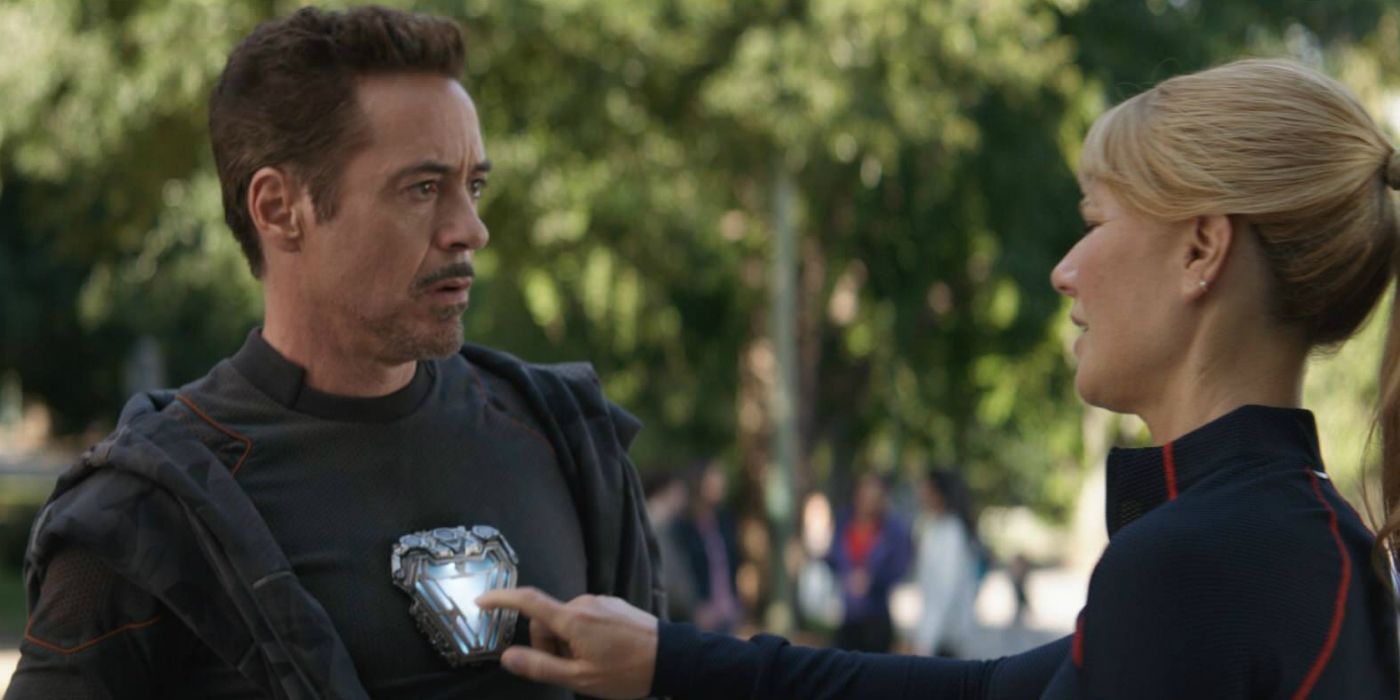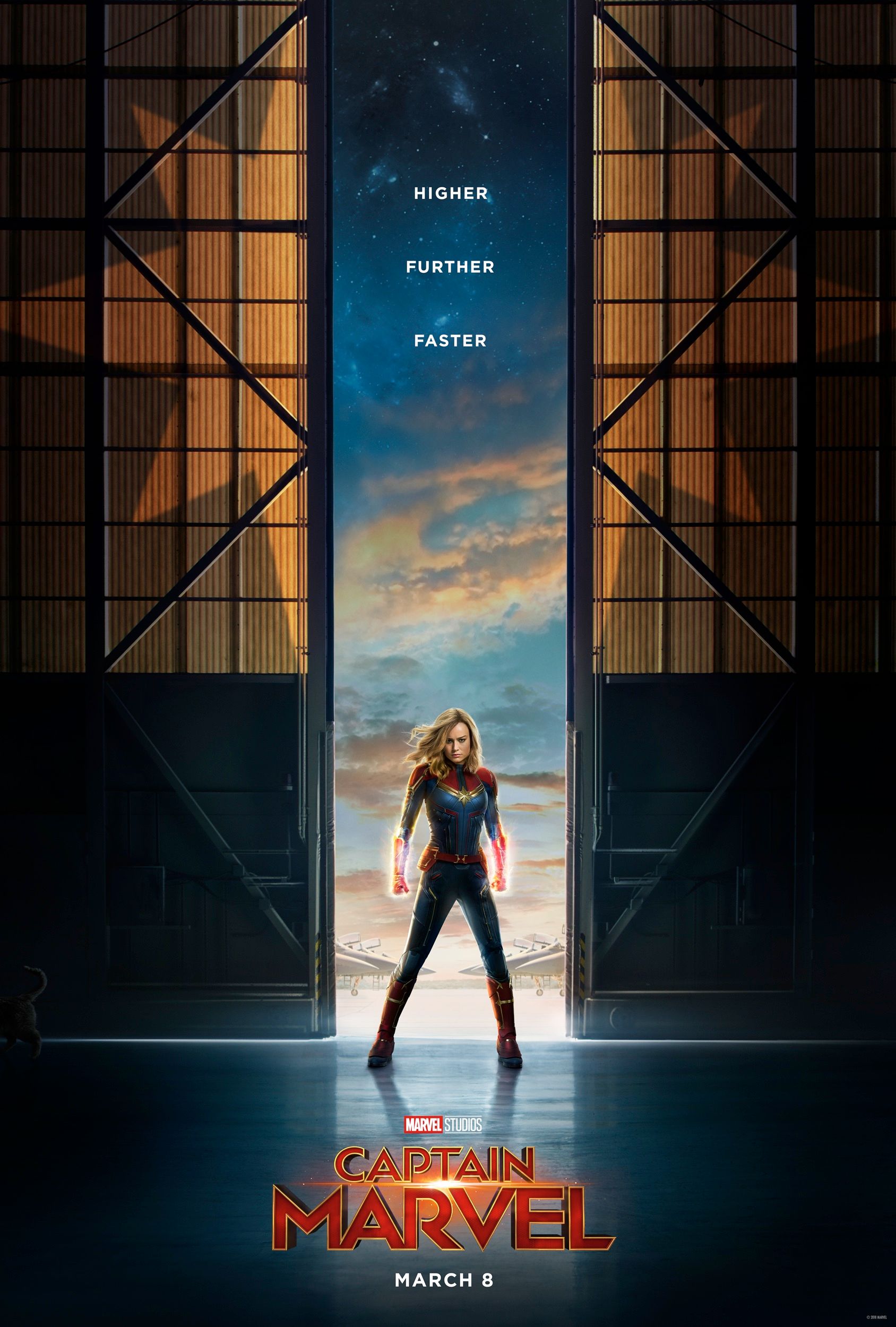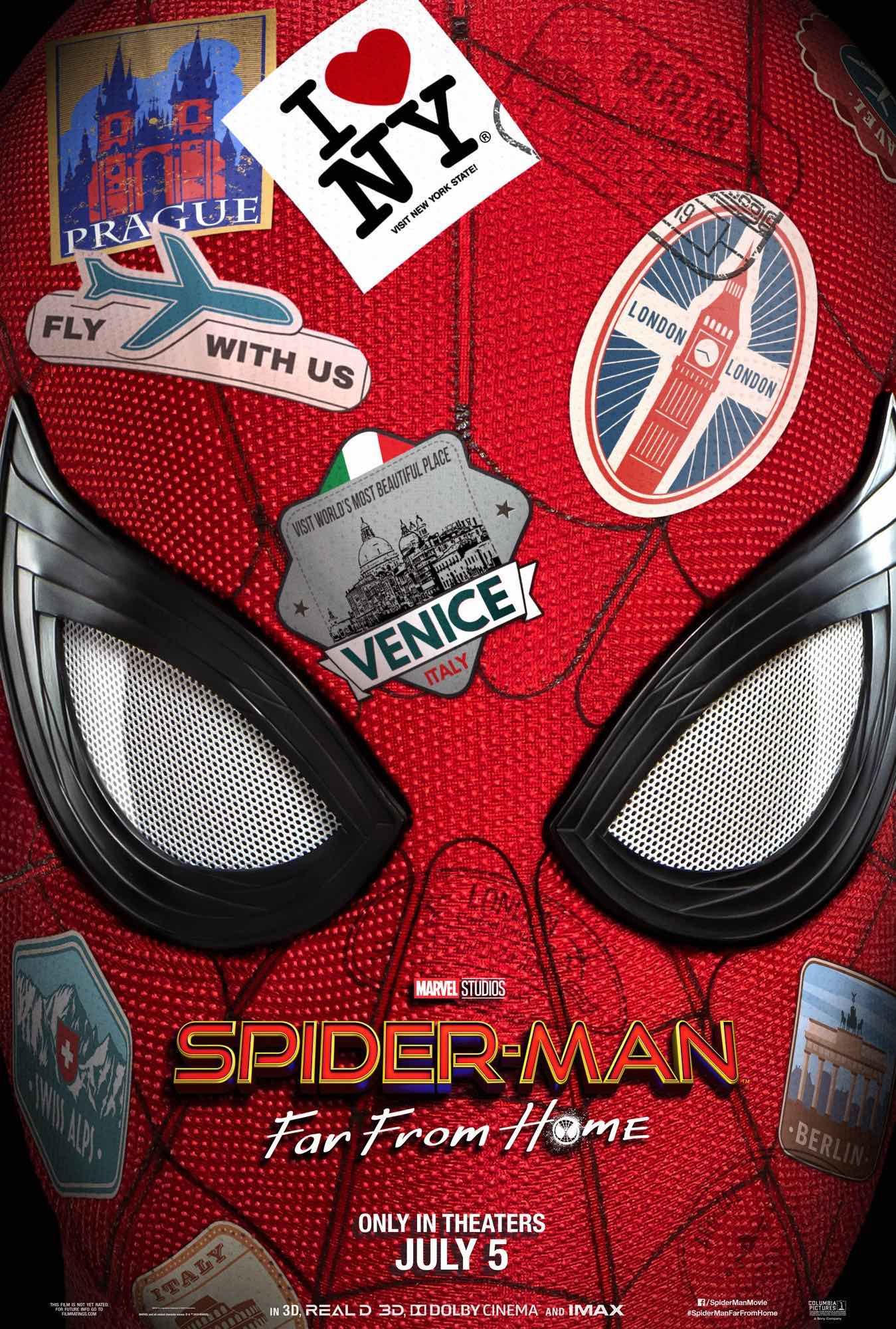The Marvel Cinematic Universe has totally skipped what may be Tony Stark's most important story - just what happened to him between Spider-Man: Homecoming and Avengers: Infinity War. In those few years, it's becoming clear that he didn't just crack one new technology - nanotech - but that, instead, he had a whole series of breakthroughs. And Tony's work would undoubtedly have exerted real pressure upon his relationship with Pepper Potts.
When Captain America: Civil War came to an end, Tony and Steve Rogers found themselves on the opposite sides of a deep philosophical divide. With the Avengers fractured, Stark returned to the Avengers compound - in itself a declaration that he was returning to the superhero life. He, then, attempted to form a whole new team of Avengers, even trying to recruit Spider-Man into the group in Spider-Man: Homecoming. Crucially, though, according to the tie-in Avengers: Infinity War Prelude comic, Tony realized that attempt had failed. He still believed the world needed defenses, that the alien invaders he battled in 2012 would inevitably return; half-formed fears of a monster like Thanos still echoed in his mind. "If I'm gonna prepare for the end of all things," Stark reflected, "I'll have to do it alone." And so the billionaire genius playboy philanthropist settled down to begin a process of discovery that ultimately led to the creation of the Mark L armor.
Related: Iron Man's Newest Armor is His Most Ridiculous Yet
But the Mark L armor is unlike anything Stark has ever fashioned before; recent Infinity War concept art has revealed that it involved not one, but at least three, major technological breakthroughs. What's more, some of them would actually cause major problems in Tony Stark's personal life. But that's never been explored by Marvel at all.
- This Page: Why Tony Stark's Armor Was So Revolutionary
- Page 2: So Why Is This A Character Arc?
Iron Man's Infinity War Power Source is Surgically Implanted
Iron Man has always been associated with distinctive chest units; back in the first Iron Man, after all, Tony was forced to implant a miniaturized Arc Reactor into his own chest in order to prevent shrapnel slipping into his heart and killing him. In Iron Man 3, a major plot point was that he finally decided to have the shrapnel extracted, meaning he'd no longer be dependent upon an Arc Reactor to keep him alive. From that point on - from Avengers: Age of Ultron through Spider-Man: Homecoming - the Iron Man armor's power sources were externalized.
But it seems that may not be quite the case for the new unit. According to concept art from Avengers: Infinity War, Marvel intended this new power source to be surgically implanted within Stark's chest. That explains why there's no hint that the weight of the chest unit is deforming Tony's clothes; Stark carries the weight himself, and there's a cut-out in his shirt (just as there was in Robert Downey Jr.'s clothes during filming).
Related: Every New Iron Man Armor Rumored For Avengers 4 (So Far)
Supporting this assertion is the fact that this doesn't seem to be an Arc Reactor at all. Instead, according to The Art of Avengers: Infinity War, Marvel insiders call this an "RT" unit. That name will be familiar to comic book readers; it's a so-called "Repulsor Tech node," a fusion-powered unit that (in the comics) Stark invented back in 2008. (Tony implanted it in Pepper's chest in order to save her life.) This is completely different technology to the Arc Reactor, and, in the comics, Tony considered it to be one of his greatest breakthroughs. It looks as though, in the MCU, he made it off-screen.
Iron Man's Infinity War Armor Evokes Memories of Extremis
Tony Stark's next breakthrough parallels another comic book arc, "Extremis." In this arc, Stark developed a neural interface between his nervous system and his armor. That meant he no longer needed to vocalize commands, blink at the right moment, or flex certain muscles to trigger responses from his suit. Instead, all he had to do in order to control the tech was think about what he wanted it to do. The armor responded to Tony Stark's very thoughts.
Looking closely at Avengers: Infinity War, it most certainly seems as though Stark has created a similar kind of biotechnology. The loss of Iron Man's artificial intelligence doesn't appear to lessen the potency of Stark's armor at all. In fact, during the battle on Titan, he controls the nanotech with effortless (and, indeed, wordless) ease. The suit transitions through a variety of forms in response to Tony's will, forming a wide range of weapons with no hint of a command. There definitely seems to be some sort of neural interface. Ironically enough, that's the kind of technology Marvel fans were expecting to see in Iron Man 3, but that film took a very different approach to Extremis.
Interestingly, the concept art hints that this idea was intentional. It shows a web of circuitry implanted into Stark's chest around the RT unit, covered by fake skin. The RT unit basically plugs into that, and it's probably detachable, explaining why Pepper wasn't happy when she saw it in the film. Presumably, then, the technology implanted in Stark's chest is the neural interface, connecting an RT unit to his mind. While Tony does need to flex and press the RT in order to trigger the tech, from that point on, it responds to his thoughts.
Page 2 of 2: So Why Is This A Character Arc?
The Development of Iron Man's Nanotech Armor
As for the Mark L armor itself, it's composed of advanced nanotechnology. This isn't the first time the MCU has dabbled with nanotech; in Black Panther, Shuri successfully created new Vibranium nanotech costumes for her brother, T'Challa. The nanites were contained within a necklace and could be triggered via a neurological command. There was no need for a complex neural interface, though, given that the Black Panther nanites simply formed into a suit. They didn't have the advanced functionality of the Mark L, which would require a far more sophisticated interface.
There's been a lot of speculation that Tony Stark got the idea for nanotech armor from Wakandan science. He could easily have seen footage from T'Challa's trip to South Korea, after all. Plus, in the aftermath of Black Panther, Wakanda began the slow process of taking down its borders. Little by little, the world started learning the secrets of Wakandan science. No doubt Stark would be fascinated by some of these ideas - even if there is no evidence he was able to get his hands on any Vibranium.
Related: Black Panther Reveals Secret of Iron Man's New Armor
Whether Tony drew inspiration from Shuri's work or not, though, the fact remains that he took idea a lot further. The Mark L is no mere skin-tight costume; it's a tremendous suit of armor, one with the capabilities of nearly every design Stark has previously created. The idea is lifted from Davis Marquez's 2016 design back in the comics. Inspired by modern smartphones, Marquez created what amounted to an all-in-one Swiss Army Knife. The overall look and feel was influenced by contemporary cars and aircraft, such as the Lamborghini Aventador, the F-22, and the YF-23. This is the aspect of Iron Man's new armor that has drawn the most comments, but, in truth, it wouldn't have been possible without the previous breakthroughs. Both the RT unit and the neural interface are essential in order to make this work.
How Did This Affect Tony's Relationship With Pepper?
So why is this an important character arc? At first glance, all this just suggests that Tony Stark was very busy in the two years between Spider-Man: Homecoming and Avengers: Infinity War. It seems as though he settled down in his garage and devoted himself to creating technology the likes of which the world had never seen. Crucially, though, this places a huge stress upon Tony's relationship with Pepper. It's important to remember that Pepper isn't exactly a huge fan of Tony's superhero career; in fact, according to Captain America: Civil War, Stark's inability to stop being Iron Man resulted in the couple breaking up. They got together again shortly after the events of Civil War, and Pepper accepted when Tony spontaneously proposed. It looks as though she was impressed by the fact Stark was choosing to take a degree of responsibility for his own actions.
But would Pepper really support Tony's decision to undergo surgery and implant technology inside his body again? It's important to note that Pepper was glad Tony had the Arc Reactor removed from his chest in Iron Man 3. She'd undoubtedly view the neural interface as a form of regression. This technology would place tremendous strain upon their relationship - possibly enough to explain why their engagement lasted two years. There may even have been more breakups and moments of reconciliation, ultimately leading them to the events of Avengers: Infinity War. And this whole character arc, which is pretty easy to deduce, simply hasn't been covered at all in MCU canon. Some of the most important years of Tony Stark's life - his development of more ground-breaking technologies, and the strain that placed upon his engagement - have happened off-screen. Even the tie-in comics have yet to allude to them. Given the MCU prides itself on telling a single, cohesive narrative, that's quite a remarkable omission.
It raises the curious question of whether Marvel will ever decide to revisit the two-year period between Spider-Man: Homecoming and Avengers: Infinity War. The MCU's Phase 3 has been all out of sequence; Captain America: Civil War was set in 2016, with Black Panther and Homecoming shortly thereafter. Avengers: Infinity War, on the other hand, is in 2018. That means there's an entire two-year period that's never been explored on the big screen - the biggest gap in the MCU's chronology since the shared universe began in 2008. If Tony Stark had a major character arc in that two-year window, one that's never been seen by viewers, was the same true of other heroes too? Given Tony kept Steve Rogers's phone on him, even having it on hand when he'd gone jogging in Avengers: Infinity War, had he ever been tempted to use the phone before? Meanwhile, how did Steve Rogers and his Secret Avengers team evade international law for two years, and how did they fund their globetrotting adventures? On reflection, there are many unanswered questions about just what happened between the superhero Civil War and the Black Order's arrival on Earth. Perhaps Marvel will one day choose to answer those questions.

